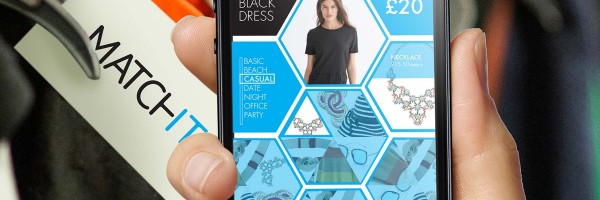Uber is not a taxi company, it’s a delivery company. And whether its cars are moving human beings or, as they are already in the US, physical products (and no, it’s not just cats and ice cream), what it’s really delivering is information about how to make cities more efficient.
Jo Bertram, regional general manager for the UK, Ireland and Nordics at Uber, told WIRED Retail that the company’s ambition to provide on-demand delivery for restaurants and businesses will reduce congestion in cities, and cut the time between ordering a product and receiving it.
“Our mission is to make getting anything in your city more convenient, affordable and reliable than picking it up yourself,” she said.
So far Uber has tried a limited number of delivery experiments in London, mainly for PR but also to test its infrastructure. In New York however it has already launched UberRush, a full-scale delivery service that lets restaurants and shops send products on-demand, for a relatively low cost.
Bertram said Uber’s task is to apply what it has learned providing taxis in 350 global cities (including Bogata, Nairobi, Bangalore and 12 in the UK) to other forms of urban infrastructure. “We already provide the ability to get a car at the touch of a button,” she said. “Now imagine if you could use that same network of drivers and allow you to also get other things.”
For businesses, on-demand delivery provides a competitive edge that bigger rivals might not be able to match, Bertram said. It also gives them the chance to scale more quickly, as they are able to reach customers who would otherwise be too far away to buy their product. Finally it provides “customer loyalty and satisfaction” Bertram said. “To get something within an hour? That’s pretty amazing.” It also means travelling long-distance to a one-stop superstore isn’t necessary. “Customers can think about buying local,” she said.
“We believe it’s a positive thing for the city in which we operate.”
What’s next is not necessarily transitioning delivery to robots, self-driving cars or drones, she said, but being able to combine multiple deliveries into one trip — vastly reducing the cost. That’s the concept between the UberPool ride-sharing service, and the concept is increasingly applicable to deliveries too.
“Imagine if you could combine UberPool and UberRush?” she said, under a slide labelled “One More Thing”. With clever match-making tech, the price of instant delivery could be dramatically reduced.
Eventually Uber drones might be possible, she admitted — but autonomous delivery is “five to ten years off” even if you assume questions around insurance and liability are settled, which they are not. Regulations — as Uber has seen constantly in regard to its core taxi product — are also a potential headache.
“It’s almost impossible for us to think ahead,” she said. “But we’re always looking at pushing the boundaries of the services we offer.” But one prediction is possible — that “by 2025 there will be no need to own a private car”.
“We’re able to start solving, or helping to solve some of the really big transportation problems in our cities,” she said.


